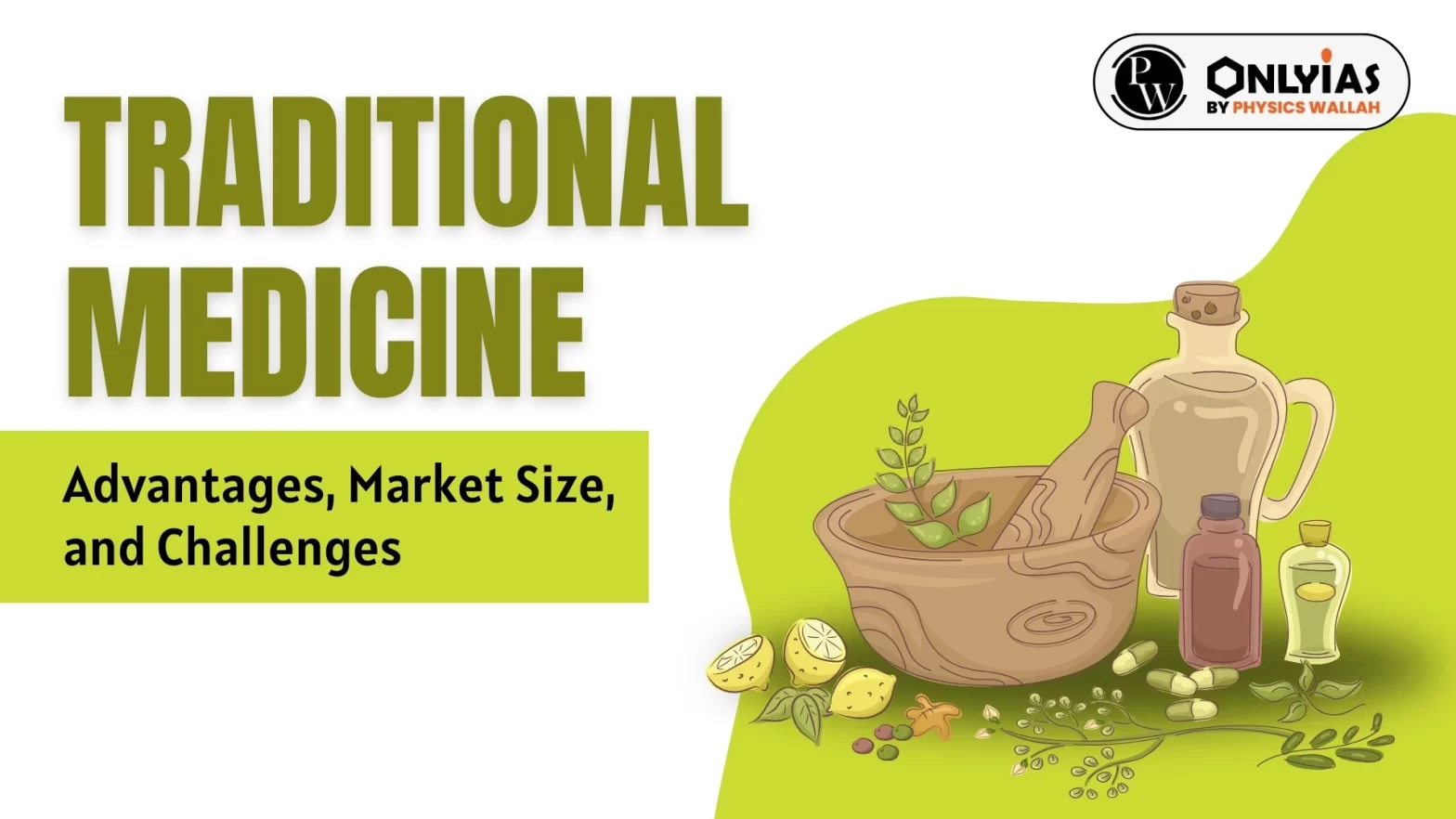Traditional medicine often uses locally available resources, making it more accessible and affordable, particularly in rural or underserved areas.

Context: The WHO Traditional Medicine Global Summit 2023 in Gujarat, India, concluded with the “Gujarat Declaration”, a document that reaffirms the global commitments to indigenous knowledge, biodiversity, and traditional, complementary, and integrative medicine (TCIM).
| Must Read | |
| NCERT Notes For UPSC | UPSC Daily Current Affairs |
| UPSC Blogs | UPSC Daily Editorials |
| Daily Current Affairs Quiz | Daily Main Answer Writing |
| UPSC Mains Previous Year Papers | UPSC Test Series 2024 |

<div class="new-fform">
</div>